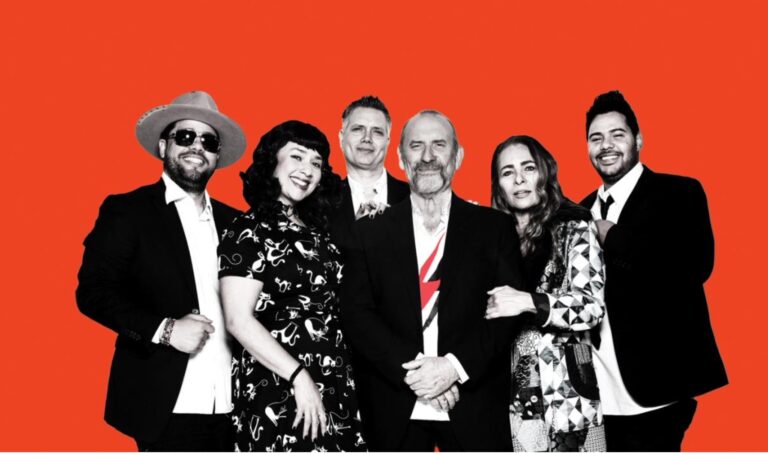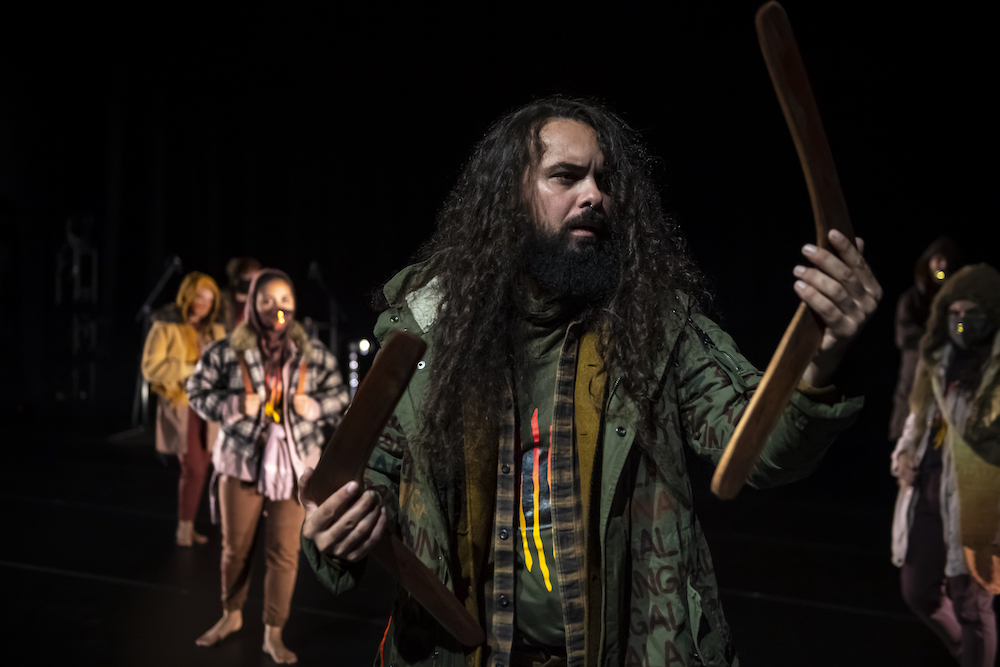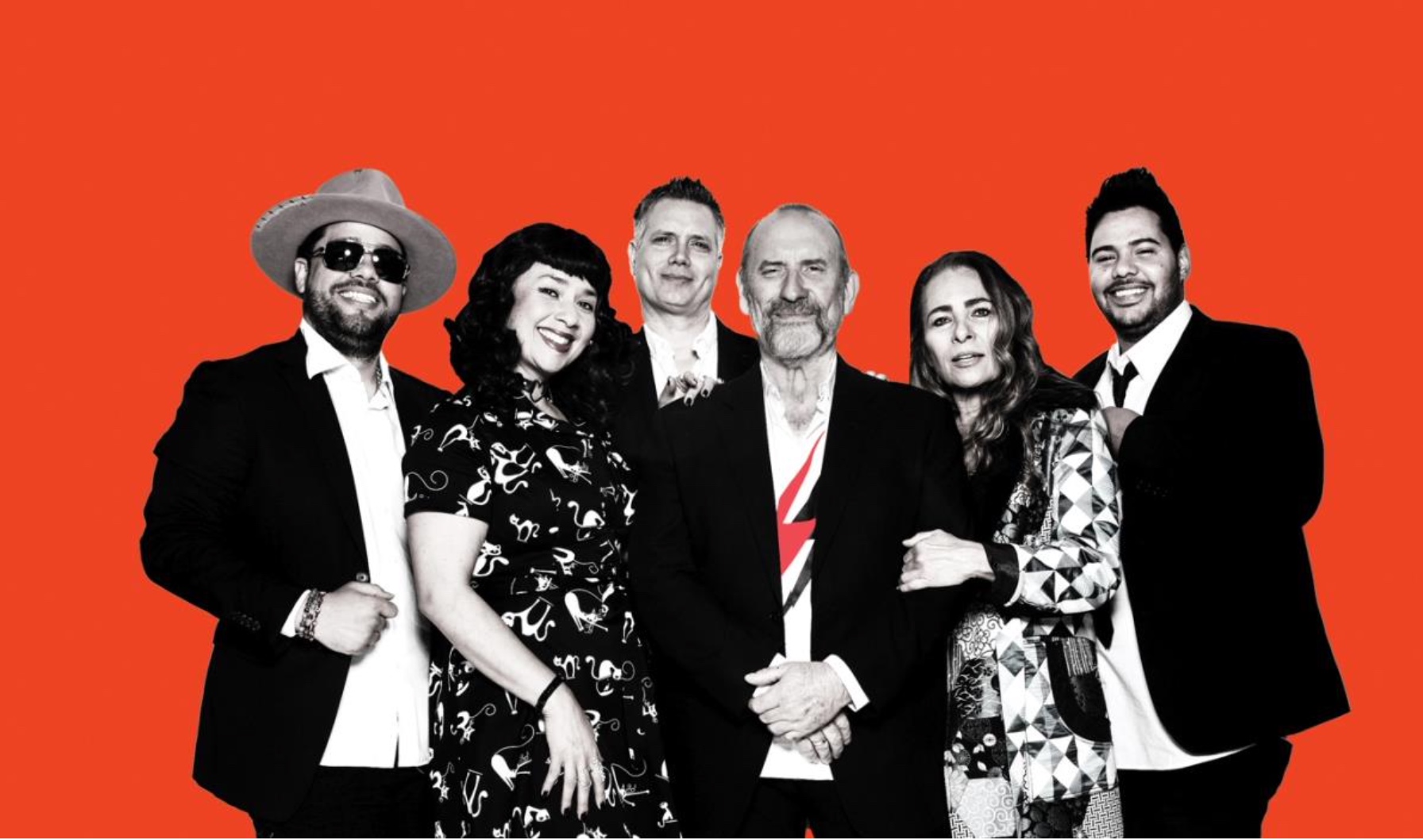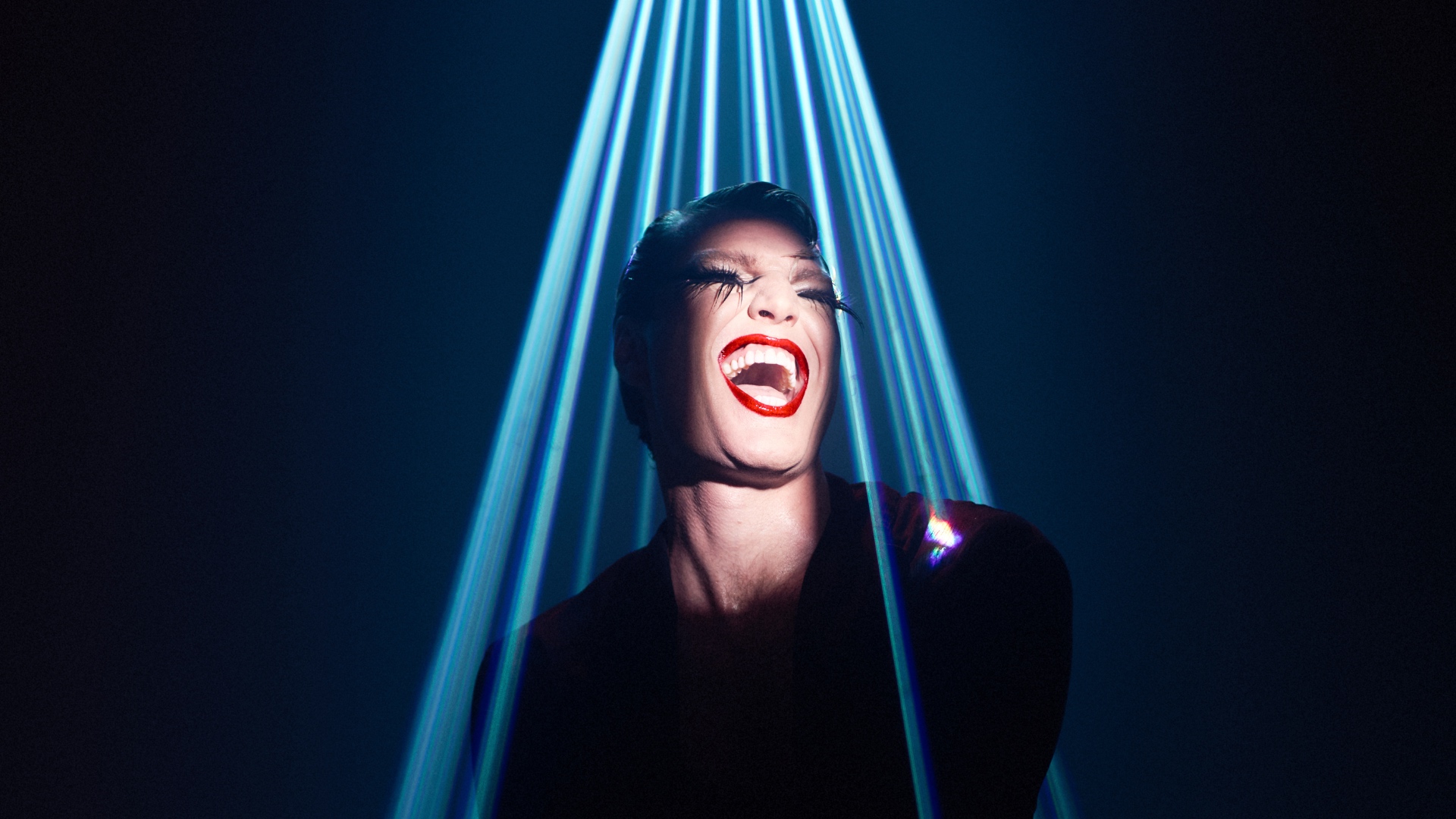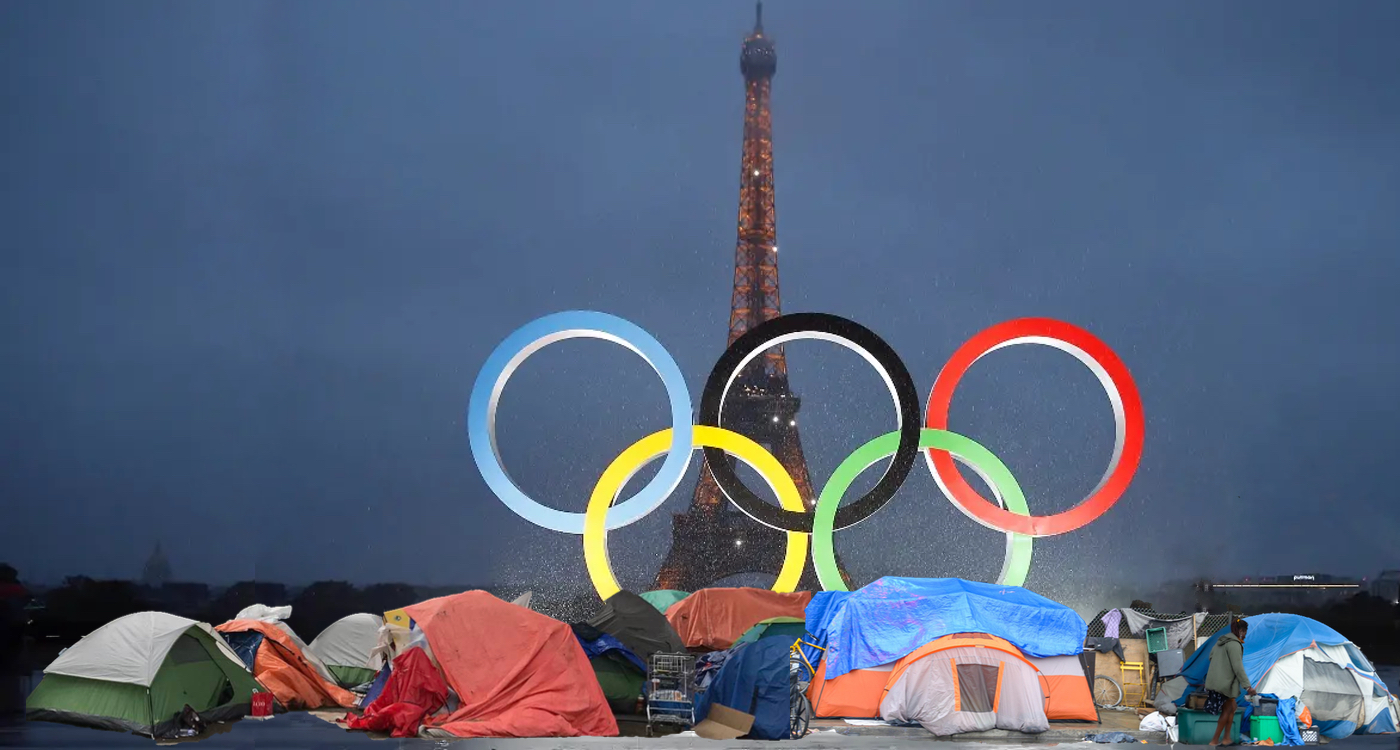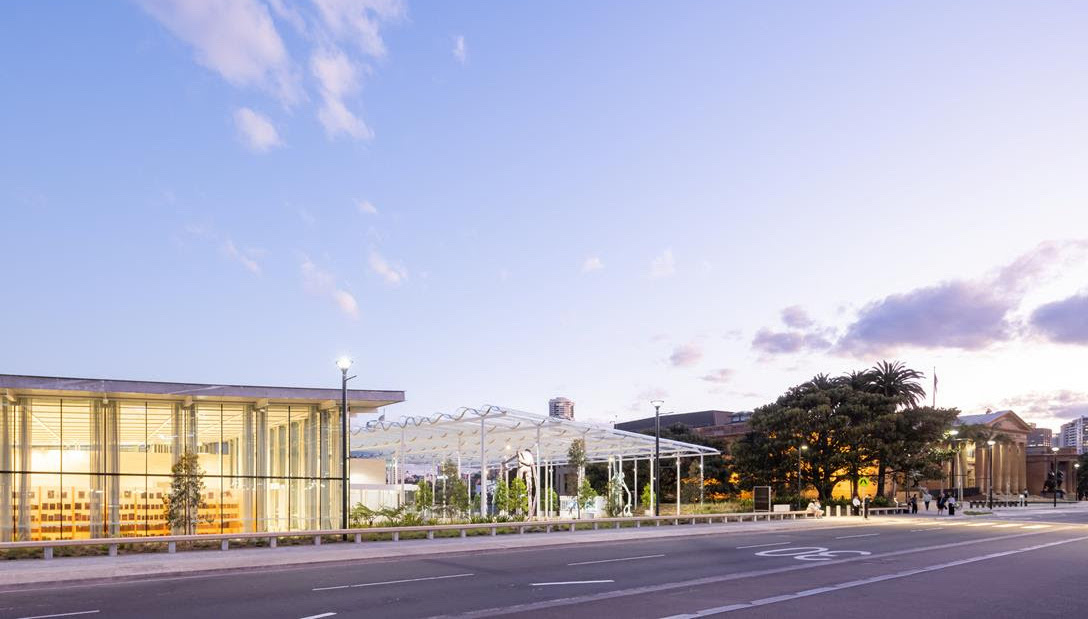
Journeys of Hope

By Matt Khoury
This isn’t a story about paedophiles.
It’s not about religious figures and teachers who curate kids as sexual muses. And get shuffled off to another posting before they feel the heat. It’s not about a cardinal who boasted the Royal Commission into Institutional Responses to Child Sex Abuse would stop a “smear campaign” against the Catholic Church. It’s done now – you’re all named.
You can google the shameful stats. The commission gathered 6,875 survivor tales; almost half the victims were interfered with in schools and religious activities, others elsewhere, and more than half were aged 10 to 14. Around 95 percent have experienced mental illness. There’s your profile.
This is about artists like Wayne Illes, 60, who’s bright blue-eyed and hobbles around with a walking stick, clutching two black-and-white photographs: one when he was a smiley kid, pants pulled too high and pressed collared shirt; and one of his grandfather, an adult his childhood had faith in. Wasn’t always so bad before it was stolen in a public hospital.
“My journey has been hard as a child, but I’ve grown strong so I won’t be stuck in my darkness,” Wayne says.
After his submission to the royal commission, Wayne approached his councillor, Mellita Bate of Interrelate, who noticed his prose, short stories and artwork were “an integral part of his healing journey.”
Wayne wanted an exhibition, and just as they had fronted before a chief justice, one by one, survivors came forward with their cathartic poems and artworks. After a regional tour, Journeys of Hope is now on exhibition – curated by Julian Edwards of JEFA and including a work by Blak Douglas – in the Fountain Court at NSW Parliament House until August 3.
“This art exhibition can hopefully give strength and shine a light in the darkness of life,” Wayne says.
Hopefully.
It’s produced by artists like David Gallagher, 64, who went to an orphanage in Newcastle. His perpetrator’s dead now. “Everyone looks at the sexual abuse, but it’s also the physical and mental abuse,” he says.
The affable, quiet bloke has been painting dark portraits in thick, Quilty-like brushstrokes “to get it out. I don’t like to paint art like this all the time. I’ve struggled a lot and it’s a good way to express feelings, and then seek special people to connect to.”
Do you have a partner?
“No.”
Sorry, shouldn’t have asked.
Glory needn’t be so tragic. And no real leader would brag about such an exhibition. But politicians are politicians. And credit where it’s due, one supposes, as the NSW Attorney General, Mark Speakman, did invite the artists into the house after being approached by Interrelate. He says that his government has passed tighter child sex abuse legislation that stops good character being used in defences where it has been used manipulatively in the offence, limitations being removed for civil offences, as well as organisations being liable for crimes committed by their employees. This follows up to $150,000 in compensation to survivors, and an institutional apology, through the National Redress Scheme.
Is everybody happy now?
But I digress – back to the artists.
Damian Koch, 52, is half-mad, half-brilliant, and as well as inventing an environment-saving stormwater cage that is being seriously taken on by local councils, he paints to ease the pain.
“I just go into my own world when I paint,” Damian says. “I’ve been through a nightmare. I went to the police seven years ago, but after 12 months they dropped the case.”
A counsellor, standing next to him, mumbles, “Kindergarten cops.”
Tasteless pun or tautology? Awkward pause.
But just as his painting of scared rabbits hopped away from a Christian brother in a Victorian boarding school and towards “hope”, Damian walked into the royal commission – and he wasn’t the only one after all. He gives the full names of the child molesters.
“He got 11 years and he’ll die in jail,” Damian says. “And the other got 11 years and he’ll die in jail and go to hell.”
That writes them out of the script then.
The chief exective of Interrelate, Patricia Occelli, says the artists have brought much awareness to the issue and the public need to “own up to the responsibility of the wrongdoing of the past,” but there is still a “long way to go in education and support. Some institutions still haven’t signed up for the National Redress Scheme.”
Too much paperwork?
Long pause. “It’s not up to me to say why they haven’t signed up,” Occelli says.
Oh. Okay. Where are you Wayne?
“My art is a way of giving myself a voice when I had no voice. My art is the colour of a rainbow after a misty rainfall, refreshing every cell in my body,” he says.
Buckets of tears; a lifetime of pain. Don’t dream it’s over. Keep writing and painting, you bloody legends.
*Matt Khoury is a Sydney-based author and journalist.


